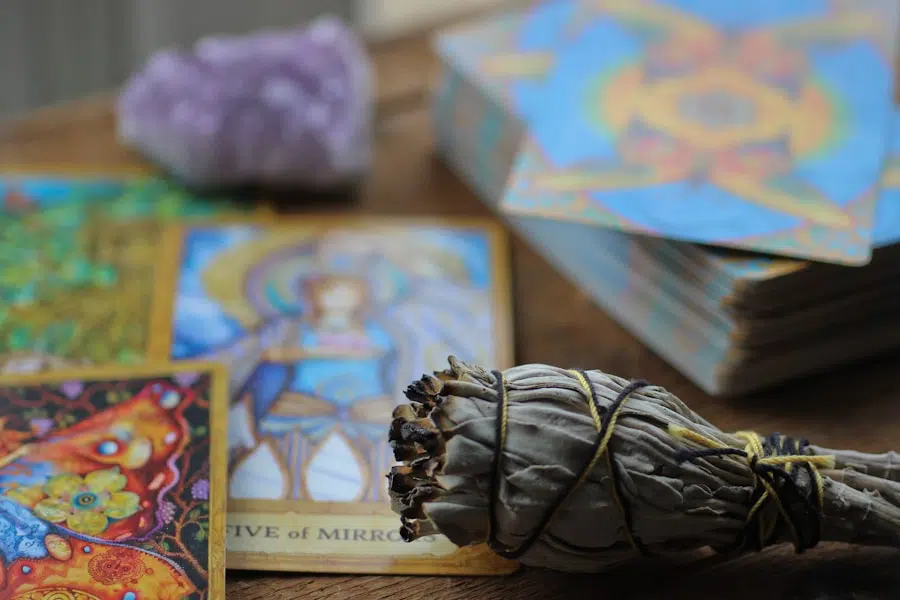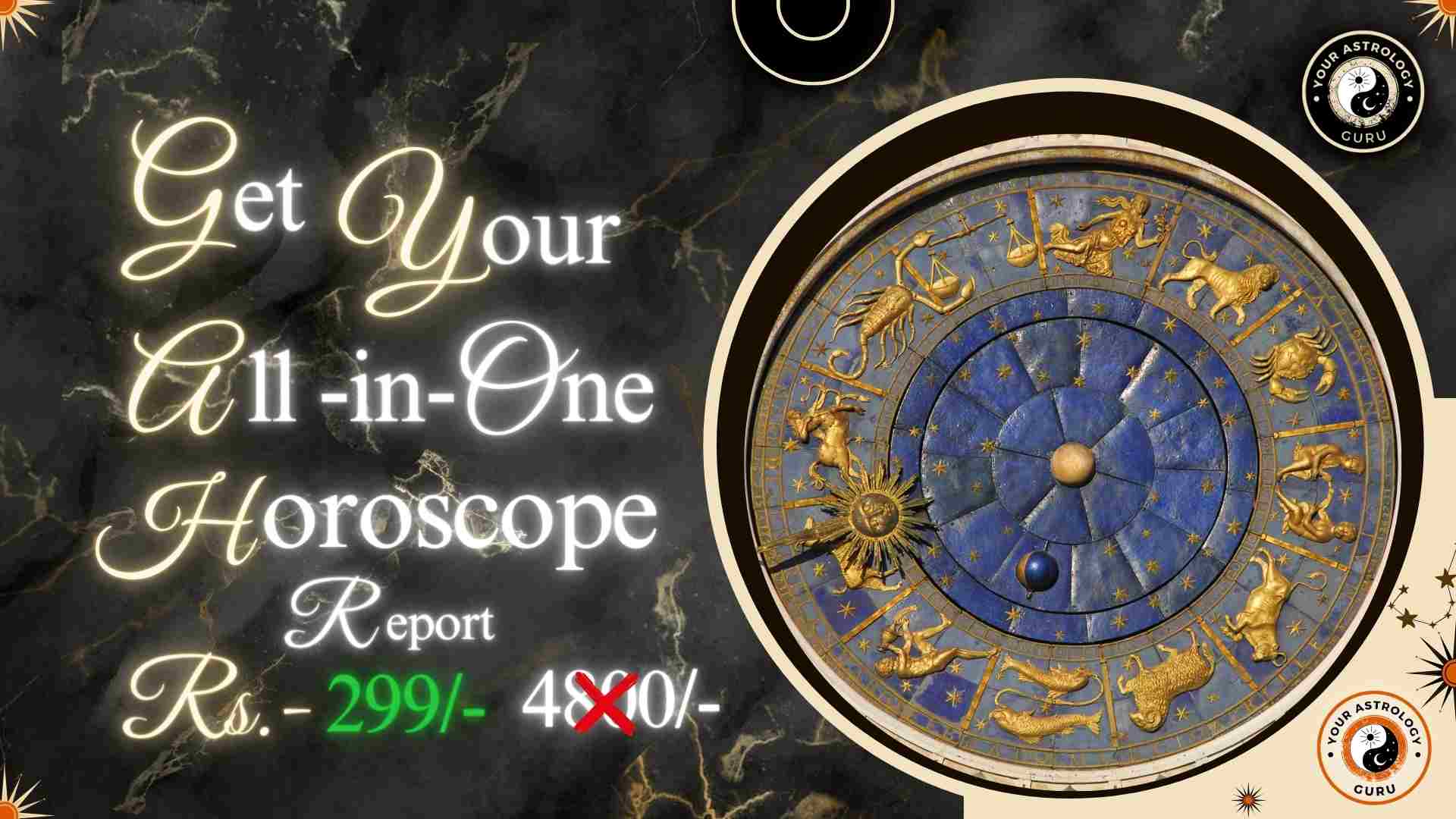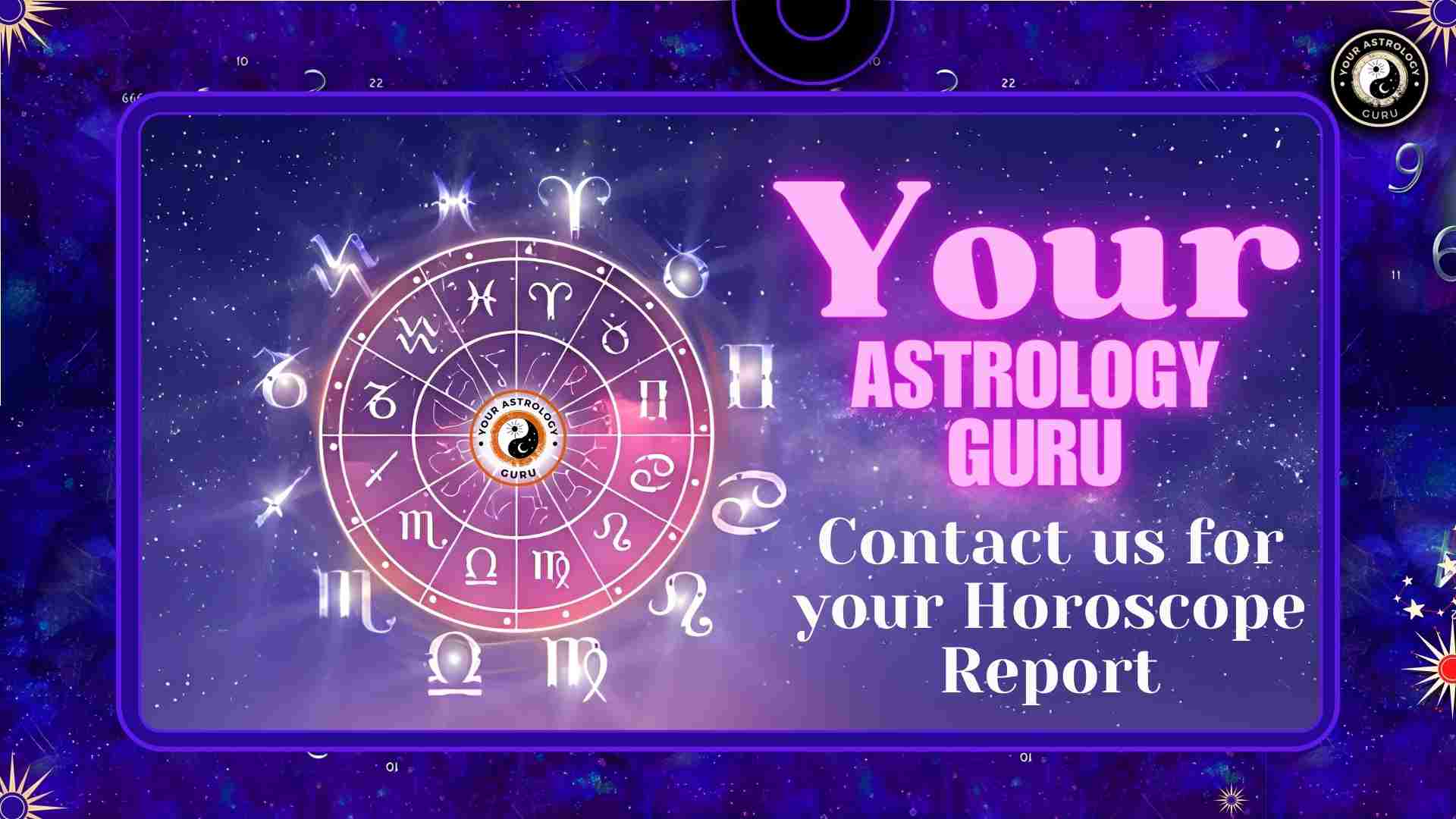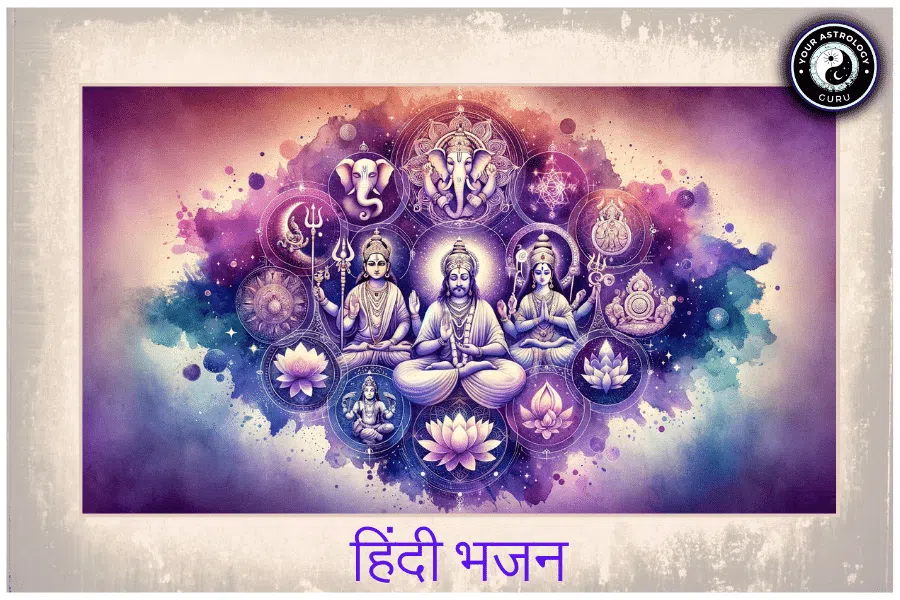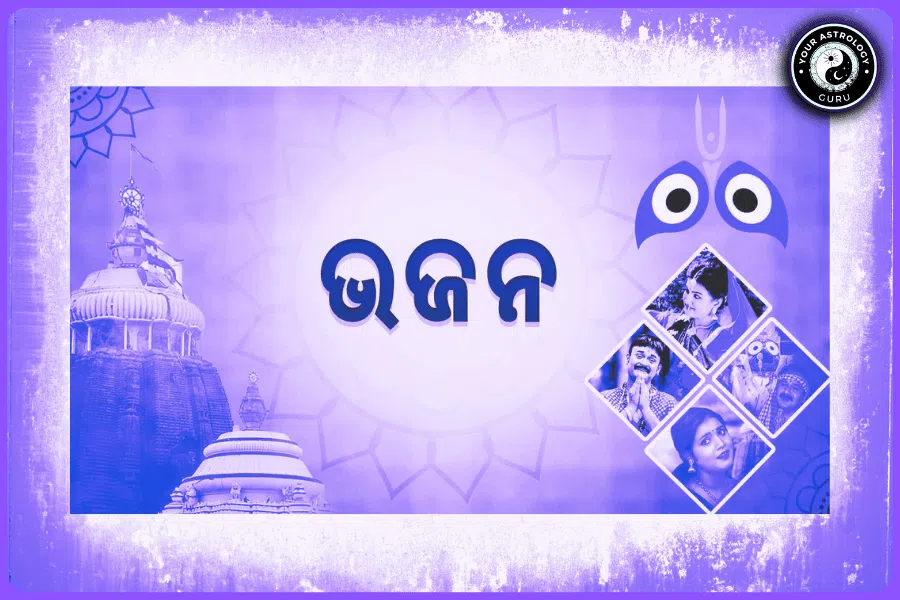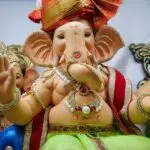Karva Chauth is a traditional Hindu festival celebrated by married women in India. It is observed on the fourth day after the full moon in the month of Kartik, according to the Hindu calendar. The festival holds great significance in Indian culture as it is believed to strengthen the bond between husband and wife and ensure their longevity. On this day, married women fast from sunrise to moonrise for the well-being and longevity of their husbands. They break their fast only after sighting the moon and performing certain rituals.
The history of Karva Chauth dates back to ancient times and is rooted in various legends and stories. One popular legend is that of Queen Veervati, who was a devoted wife. She observed a strict fast on Karva Chauth for her husband’s well-being. However, due to her inexperience, she couldn’t bear the hunger and thirst and fainted. Seeing this, Lord Shiva appeared before her and explained that she had broken her fast unknowingly. He then blessed her with a long and prosperous life. Since then, Karva Chauth has been celebrated by married women to seek blessings for their husbands’ well-being.
Karva Chauth holds immense cultural significance in India. It is not just a religious festival but also a celebration of love, devotion, and commitment between husband and wife. The festival brings families together as women dress up in traditional attire, apply mehndi (henna) on their hands, and perform puja (prayer) rituals together. It is a time for married women to express their love and dedication towards their husbands and seek blessings for their marital bliss.
Table of Contents
Date and Time: Marking Your Calendar for Karva Chauth 2024
In 2024, Karva Chauth will be celebrated on 24th October. The festival falls on the fourth day after the full moon in the month of Kartik, according to the Hindu calendar. It is important to follow the correct date and time for the rituals as they are based on the lunar calendar. The fasting begins at sunrise and ends after sighting the moon in the evening. Married women observe a strict fast without consuming food or water throughout the day.
Following the correct date and time for Karva Chauth is crucial as it ensures that the rituals are performed at the right auspicious moment. The festival is deeply rooted in tradition and following the lunar calendar helps maintain its authenticity. It is advisable to consult a Hindu calendar or seek guidance from a priest to determine the exact date and time for Karva Chauth in 2024. This will ensure that you observe the festival with utmost devotion and in accordance with the customs and traditions.
Rituals and Traditions: Exploring the Customs of Karva Chauth
Karva Chauth is marked by various rituals and traditions that hold deep symbolic meaning. The day begins with married women waking up before sunrise to have a pre-dawn meal called “Sargi” prepared by their mother-in-law. This meal usually consists of fruits, sweets, and other traditional delicacies. It is considered auspicious and provides energy for the day-long fast.
Throughout the day, married women abstain from consuming food or water. They spend their time in prayer, meditation, and performing household chores. In the evening, women dress up in traditional attire, apply mehndi (henna) on their hands, and adorn themselves with jewelry. They gather with other married women in their community or neighborhood for a puja (prayer) ceremony.
During the puja, a small idol or picture of Goddess Parvati is placed on a decorated plate called “Karva.” Married women offer prayers to Goddess Parvati for the well-being and longevity of their husbands. They also sing traditional songs and perform rituals that involve passing the Karva from one woman to another. This symbolizes the bond of sisterhood and solidarity among married women.
The most awaited moment of the day is when the moon rises. Women break their fast only after sighting the moon and performing certain rituals. They offer water to the moon, seek its blessings, and then look at their husbands through a sieve. This act is believed to transfer the moon’s energy and blessings to their husbands. Finally, the husband feeds his wife with the first morsel of food, marking the end of the fast.
Preparations: What You Need to Do Before Karva Chauth 2024
Before Karva Chauth 2024, there are several preparations that need to be made to ensure a smooth and stress-free celebration. Firstly, it is important to plan ahead and make a list of all the necessary items required for the puja (prayer) ceremony. This includes items such as a decorated plate (Karva), idols or pictures of Goddess Parvati, flowers, incense sticks, and other puja essentials. It is advisable to purchase these items in advance to avoid any last-minute rush.
Secondly, women should plan their outfits and accessories for Karva Chauth in advance. Traditional attire such as sarees or lehengas are commonly worn on this day. It is also a good idea to coordinate outfits with other married women in the family or community for a cohesive look. Additionally, women can choose matching jewelry and accessories to complete their ensemble.
Another important preparation is applying mehndi (henna) on hands and feet. Mehndi is considered auspicious and is an integral part of Karva Chauth celebrations. Women can either visit a professional mehndi artist or apply mehndi at home using DIY kits available in the market. It is advisable to do this a day or two before Karva Chauth to allow the mehndi to darken and last longer.
Lastly, it is essential to plan the menu for the pre-dawn meal (Sargi) and the post-fast meal. The pre-dawn meal should consist of nutritious and energy-rich foods such as fruits, nuts, and sweets. The post-fast meal should be a special and elaborate feast to break the fast. It is customary to prepare traditional dishes and sweets for this meal. Planning the menu in advance will help ensure that all the necessary ingredients are available and the meals are prepared on time.
Fasting: Tips for a Safe and Healthy Fast on Karva Chauth
Fasting on Karva Chauth is considered a sacred and selfless act of love and devotion towards one’s husband. However, it is important to fast in a safe and healthy manner to avoid any health complications. Here are some tips for a safe and healthy fast on Karva Chauth:
1. Stay hydrated: Drink plenty of water before starting the fast to stay hydrated throughout the day. Dehydration can lead to dizziness, fatigue, and other health issues.
2. Eat a balanced pre-dawn meal: The pre-dawn meal (Sargi) should include a balanced combination of carbohydrates, proteins, and fats. This will provide sustained energy throughout the day.
3. Avoid caffeine: Caffeine can dehydrate the body, so it is advisable to avoid consuming tea or coffee during the fast. Opt for herbal teas or infused water instead.
4. Take small breaks: If you feel weak or dizzy during the day, take small breaks to rest and relax. Lie down in a quiet room or practice deep breathing exercises to regain energy.
5. Listen to your body: Pay attention to your body’s signals and break the fast if you experience severe discomfort or health issues. It is important to prioritize your health and well-being.
6. Break the fast gradually: After sighting the moon, break the fast gradually by consuming a glass of water or a few sips of juice. Wait for a few minutes before eating a full meal to allow your body to adjust.
Remember, fasting on Karva Chauth is a personal choice and should be done only if you are physically and mentally prepared for it. If you have any underlying health conditions or are pregnant or breastfeeding, it is advisable to consult a healthcare professional before fasting.
Mehndi Designs: Ideas for Beautiful Henna Patterns on Karva Chauth
Applying mehndi (henna) on hands and feet is an integral part of Karva Chauth celebrations. Mehndi is considered auspicious and is believed to bring good luck and prosperity. It is also a form of self-expression and creativity for women. Here are some ideas for beautiful henna patterns on Karva Chauth:
1. Traditional Indian designs: Traditional Indian mehndi designs include intricate paisley patterns, floral motifs, and peacock motifs. These designs are timeless and never go out of style.
2. Arabic designs: Arabic mehndi designs are known for their bold and geometric patterns. They often feature large flowers, leaves, and vines. These designs are perfect for those who prefer a modern and minimalistic look.
3. Rajasthani designs: Rajasthani mehndi designs are characterized by their intricate detailing and fine lines. They often depict scenes from Indian mythology, such as Radha-Krishna or Lord Ganesha. These designs are ideal for those who want a unique and elaborate look.
4. Bridal designs: Bridal mehndi designs are more elaborate and cover the entire hand and forearm. They often include intricate patterns, motifs, and symbols that represent love, fertility, and prosperity. These designs are perfect for brides or those who want a grand and stunning look.
5. Personalized designs: Many women choose to incorporate their husband’s initials or names in their mehndi designs. This adds a personal touch and symbolizes their love and commitment. You can also include other meaningful symbols or motifs that hold significance for you.
When applying mehndi, it is important to use natural henna paste and avoid black henna, as it can cause skin allergies. It is also advisable to do a patch test before applying mehndi to check for any adverse reactions. If you are not confident in applying mehndi yourself, you can visit a professional mehndi artist or seek help from a friend or family member.
Dressing Up: Choosing the Perfect Outfit and Accessories for Karva Chauth
Dressing up for Karva Chauth is an important part of the celebration. It is a time for married women to adorn themselves in traditional attire and look their best. Here are some tips for choosing the perfect outfit and accessories for Karva Chauth:
1. Traditional attire: Opt for traditional Indian attire such as sarees, lehengas, or salwar kameez. These outfits exude elegance and grace and are perfect for the festive occasion. Choose colors that complement your skin tone and enhance your beauty.
2. Embellishments: Look for outfits with intricate embroidery, sequins, or mirror work. These embellishments add a touch of glamour and make the outfit stand out. You can also choose outfits with traditional prints such as bandhani, block prints, or ikat.
3. Jewelry: Choose jewelry that complements your outfit and enhances your overall look. Traditional Indian jewelry such as gold necklaces, bangles, earrings, and maang tikka (forehead ornament) are popular choices. Opt for statement pieces that make a bold statement or delicate pieces that add a subtle touch of elegance.
4. Footwear: Pair your outfit with comfortable yet stylish footwear. Traditional Indian footwear such as juttis, mojaris, or kolhapuris are popular choices. Opt for colors that match or contrast with your outfit to create a cohesive look.
5. Hair and makeup: Pay attention to your hair and makeup to complete your look. Opt for hairstyles that complement your face shape and outfit. Traditional Indian hairstyles such as braids, buns, or loose curls are popular choices. For makeup, choose colors that enhance your features and match your outfit. Opt for a natural and radiant look or go for a bold and glamorous look, depending on your personal style.
Remember, the most important thing is to feel comfortable and confident in whatever you choose to wear. Dressing up for Karva Chauth is not just about looking good but also about feeling good and celebrating the festival with joy and happiness.
Puja Thali: Essential Items to Include in Your Karva Chauth Puja Thali
The puja thali (plate) is an essential item used during the Karva Chauth puja (prayer) ceremony. It is a beautifully decorated plate that holds all the necessary items for the rituals. Here are some essential items to include in your Karva Chauth puja thali:
1. Karva: The Karva is the main item in the puja thali. It is a small earthen pot decorated with colors, mirrors, and other embellishments. The Karva symbolizes abundance, prosperity, and fertility.
2. Diya (lamp): Include a small diya (lamp) in the puja thali to light during the ceremony. The diya represents the presence of divine energy and brings positivity and light into the home.
3. Rice: Place a small bowl of rice in the puja thali. Rice is considered a symbol of abundance and prosperity. It is used during the rituals to offer prayers and seek blessings.
4. Flowers: Include fresh flowers or flower petals in the puja thali. Flowers are considered auspicious and are used to decorate the Karva and offer prayers to Goddess Parvati.
5. Incense sticks: Light incense sticks during the puja to create a fragrant and serene atmosphere. The aroma of incense is believed to purify the surroundings and invoke positive energy.
6. Sweets: Place a small bowl of sweets or dry fruits in the puja thali. Sweets are offered as prasad (blessed food) after the puja and are considered a symbol of good luck and happiness.
7. Water: Keep a small bowl of water in the puja thali for offering prayers to the moon. Water is believed to absorb the energy of the moon and transfer it to the husband.
8. Roli (vermilion) and chawal (rice): Include a small container of roli (vermilion) and chawal (rice) in the puja thali. These are used to apply tilak (sacred mark) on the forehead of Goddess Parvati and seek her blessings.
Remember, the puja thali can be personalized according to your preferences and traditions. You can add additional items or remove certain items based on your family customs. The most important thing is to perform the rituals with devotion and seek blessings for marital harmony and happiness. Some common items that are typically included in a puja thali for a wedding ceremony are a small diya (oil lamp) to symbolize the presence of God, rice grains to represent abundance and fertility, flowers for purity and beauty, incense sticks to purify the surroundings, a small bell to ward off evil spirits, and a coconut to symbolize prosperity. Additionally, you may choose to include items such as turmeric powder for purification, betel leaves for good luck, or sacred threads for protection. Ultimately, the puja thali should reflect your beliefs and traditions, creating a sacred space for you to connect with the divine and seek blessings for a blissful married life.





